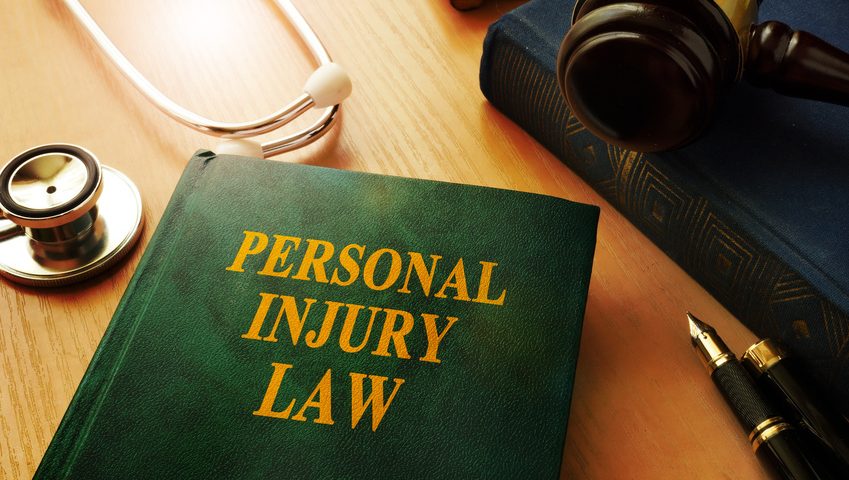
Personal Accident Injuries: When To Sue
The stages of a personal injury lawsuit resulting from an accident are quite upsetting, people receive physical but also psychological treatment and in case of a car accident, the most common is to ask for compensation to replace or rebuild this asset.
Victims, in cases of accidents, should be clear about the various stages involved in a lawsuit, it’s a process in which it’s important to prove many things. In addition, the first step would be to determine who is responsible for the accident and therefore receive an accusation of negligence.
Suing third parties through an injury lawyer
An experienced injury lawyer can certainly represent each party involved in the accident at different stages of the case and will always be available to answer any of his clients questions as well as address their concerns Richard Harris Personal Injury Law Firm Reno NV, for example.
Before filing a lawsuit, the injury attorney representing the plaintiff should meet with the victim, listen to his or her point of view and build a case. But the most important purpose of the meeting would be to request documentation in order to determine whether the plaintiff has a cause of action.
All of the above, according to your region’s personal injury law, which gives rise to the lawsuit. Now, if it turns out that the plaintiff has a valid cause of action, he can prepare the lawsuit immediately. The injury advocate will then file the collected documentation with the appropriate civil courts.
Stages of a personal injury lawsuit
- Statement of Claim
- Discovery
- Pre-trial motions
- Conferences
- Trial
- Appeals
When a personal injury lawsuit begins

It obviously begins when an accident occurs due to the negligence of a third party, and that is when the victim files a brief with the court with the idea of suing. In such writ, it must be explained what is the reason for the lawsuit, who is the defendant and what type of compensation is desired.
Then, in this period of time, the defendant has the opportunity to respond to the allegations with an appropriate defense, which is called an “answer”. In this debate the defendant must deny or admit each of the allegations set forth in the aggrieved party’s complaint.
The defendant may also file a counterclaim, and may seek the relief he deems just for the damages suffered in the accident or injury.
After the court has received the final pleadings, it’s time for the formalities in which the plaintiff, with the help of an experienced attorney, gathers all the information about his or her case and the plaintiff defends himself or herself by presenting his or her case.
The home stretch of a lawsuit
Before the inevitable end are the conferences, which are nothing more than talks to reach an agreement between the parties so that the judge or jury can conclude with its verdict. After the defendant and plaintiff reach an agreement, the case is closed.
Finally, comes the trial, in which the evidence is the protagonist and through which the guilt or innocence of the defendant is determined. According to the elements or attributes presented, a sum of money will be given as reimbursement to the plaintiff. With this, comes the verdict, which highlights what would be the amount of these compensations.
If necessary, the defendant may request an appeal if he/she believes that the judge’s decision was incorrect as a matter of law.
The stages of a personal injury lawsuit follow an important logical sequence, designed to achieve the greatest likelihood of justice at trial. If you are involved in a personal injury lawsuit, the steps described above should be an example of how your case should proceed.


